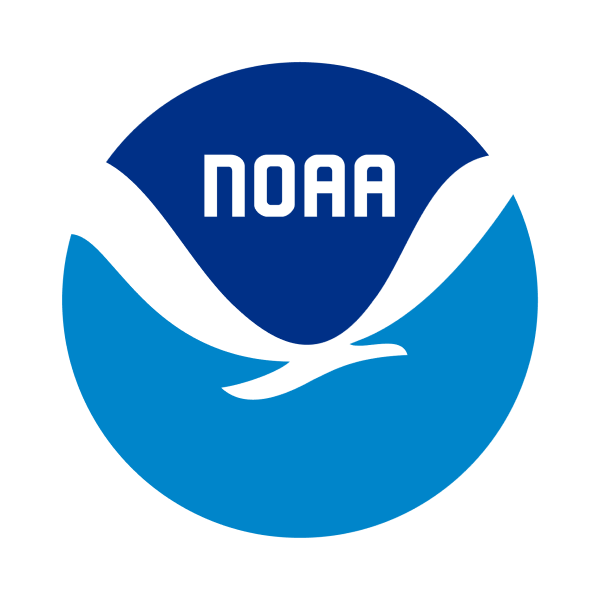Created by the NOAA Marine Debris Program and Office of National Marine Sanctuaries, the Ocean Guardian Activity Book teaches students about the ocean, marine debris, and why it's important through word searches, games, and coloring pages.
 An official website of the United States government.
An official website of the United States government.
Official websites use .gov
A .gov website belongs to an official government organization in the United States.
Secure websites use HTTPS
A small lock or https:// means you’ve safely connected to a .gov website. Share sensitive information only on official, secure websites.



